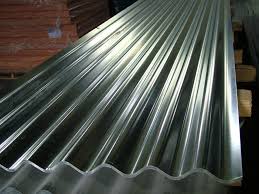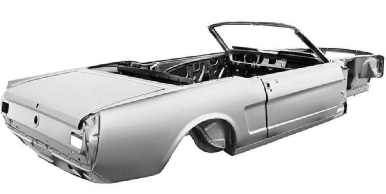










How does shape affect strength? Part 2


What about other shapes?
A hexagon is often found in nature, eg. a honeycomb, and is relatively strong in those situations.
Pentagons and hexagons can be fastened together to make a sphere. A sphere can support pressure from outside (underwater exploration) or inside (football). Or it can form a self-
As any bee will tell you, a succession of hexagons joined together is flat. The sphere shape can be made by adding pentagons (or otherwise distorting the structure).
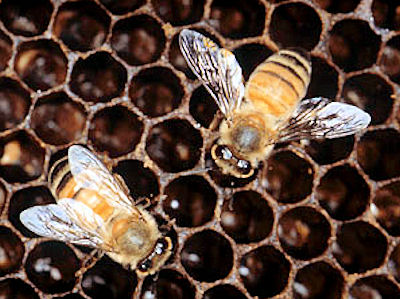
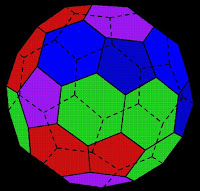
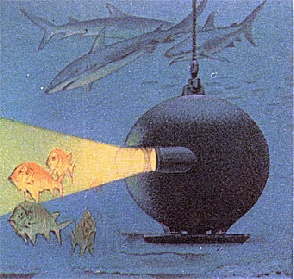

What about an oval or egg shape? If you squeeze an egg in the middle it'll break easily, but if you squeeze both ends together, it won't. That's not because the thickness of the shell varies, but because the ends are curved much more than the middle. There are domes at either end and these act as arches and so are strong. In fact a ball is two domes joined together!

A dam is an arch lying on it's side and the load from the water is transferred by the dam to the sides of the valley.
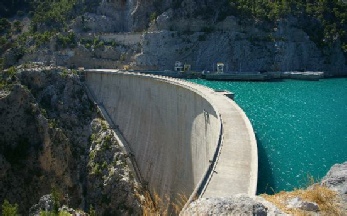

A pyramid can be thought of as a 3 dimensional structure made of triangles. So that's a very strong shape too. Join some together and you have a very strong light beam.

A thin sheet of steel is very flexible. But if you put corrugations into it, it becomes much less flexible, ie. stronger, for the same weight as the corrugations resist bending. (This applies to cardboard too.)
That's why vehicle body panels aren't flat. Even a small curve or bend will do the trick. They divert your attention by calling it styling!
